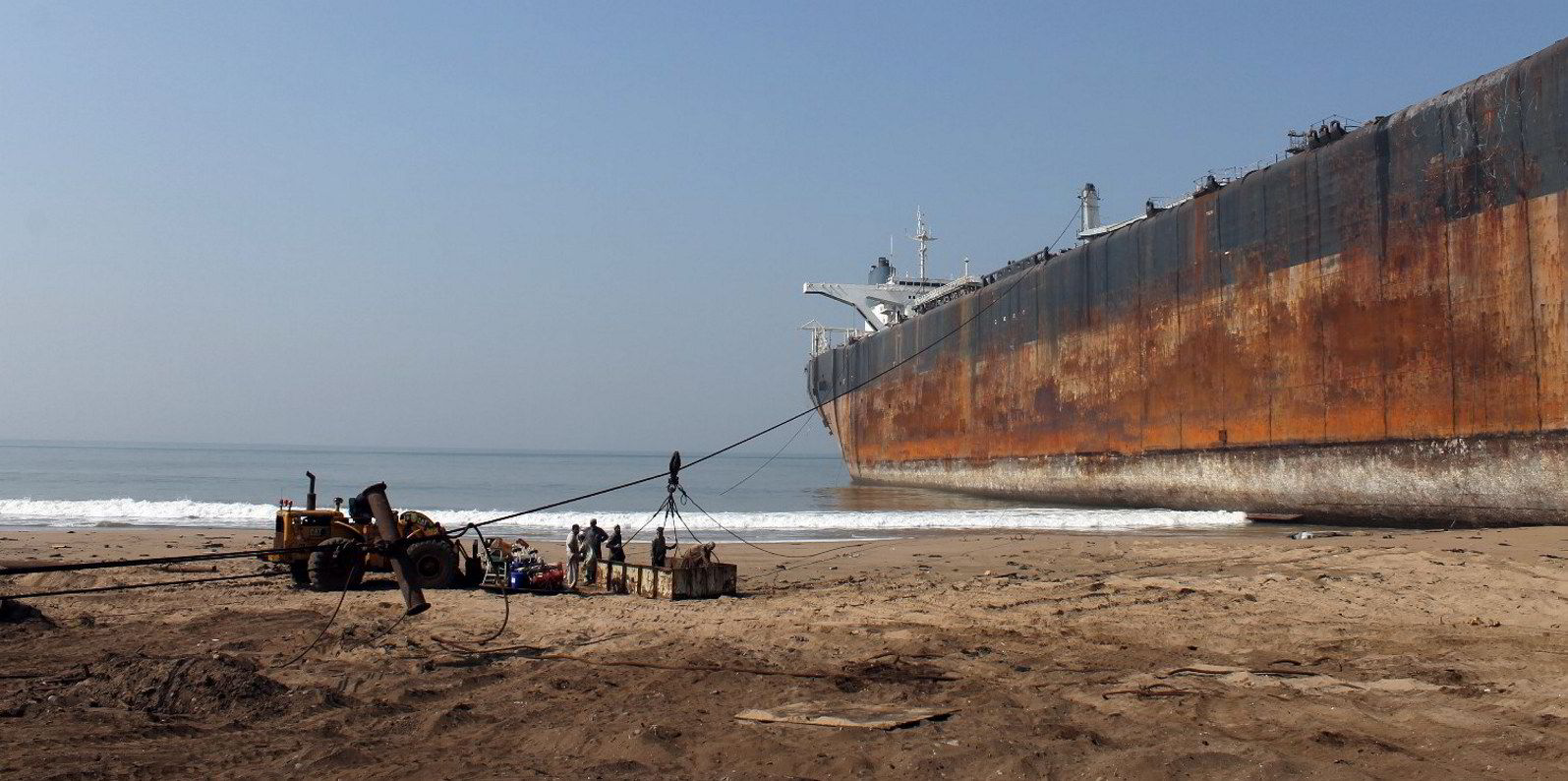The volume of product tankers sent to scrap yards this year is on track to reach an 11-year high amid weak freight market conditions, according to industry group Bimco.
With demolition activity picking up since March, the Copenhagen-based organisation said 38 vessels of 1.25m dwt have been sold for demolition so far this year.
In each of 2019 and 2020, 1.2m dwt of product tankers were recycled.
“Demolition of oil product tankers is heading for an 11-year high if the current pace continues for the rest of the year,” Bimco chief shipping analyst Peter Sand said.
“Oil tanker owners made a lot of money during the boom periods of 2019 and 2020. No one [was] short on cash and [found] themselves actively seeking asset liquidations.”
Charter rates of product tankers have been plagued by persistent oversupply in recent quarters, with oil consumption still low amid renewed Covid-19 outbreaks in some parts of the world.
The Baltic Clean Tanker Index averaged 484 points in the first four months of 2021, down from 799 points in the same period of last year.
Spot MR and LR earnings have struggled to stay above operating expenses this year on the main trading routes.
Sand added that while crude tanker earnings have also been weak, fewer owners are willing to send their vintage assets to ship breakers.
Only 10 crude tankers totalling 1.45m dwt have been sold for scrap so far this year, according to Bimco’s data.
Some other analysts have suggested shipowners often prefer to sell their old ships in the secondhand market, where prices are high due to demand from opaque operators in the risky trade.
Bimco expects the amount of scrapped crude tankers this year to exceed 2.23m dwt, the level seen in each of 2019 and 2020.
“But it is unlikely to reach the 18.5m dwt that faced the blowtorch in 2018,” Sand said. “If the spot market continues to bleed for another year with no real improvement in earnings, demolition will accelerate in 2022.
“Having said that, any dead cat bounce, which only temporarily eases the pain, will limit demolition activity as die-hard optimism starts to re-emerge and inevitable slows demolition interest.”






